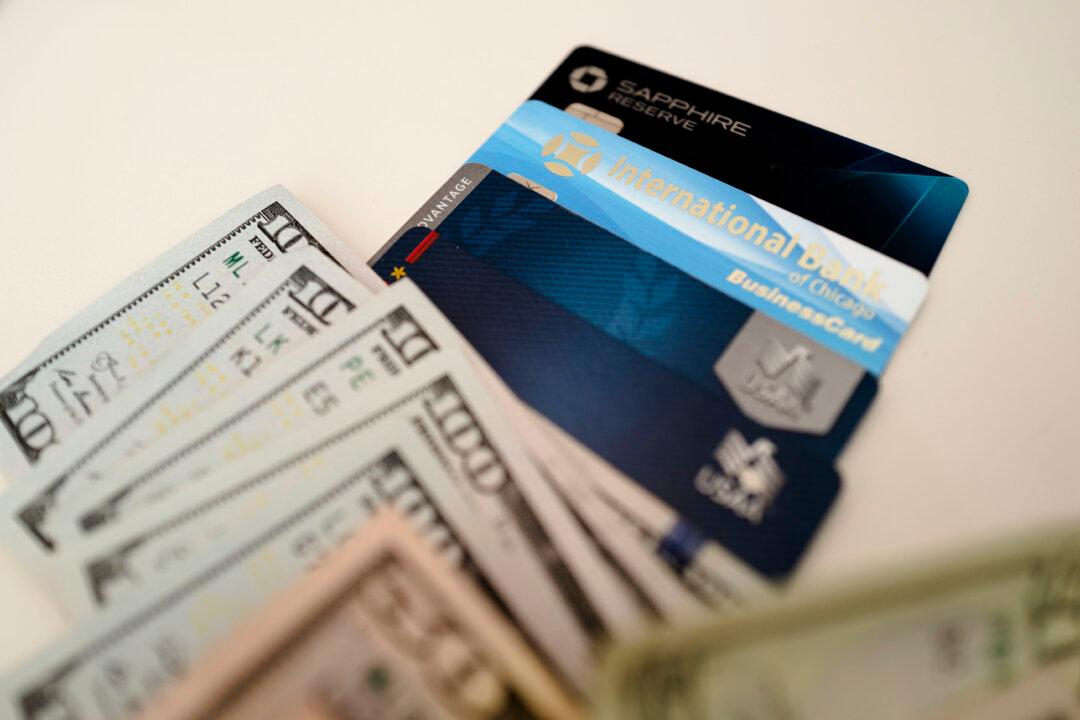Credit card lenders wrote off $46 billion in seriously delinquent loan balances in the first nine months of 2024, marking a 50 percent increase from the same period in 2023 and reaching the highest level in 14 years, according to a report by the Financial Times, citing industry data compiled by BankRegData.
The swift increase in credit card write-offs is occurring in an environment where consumers—particularly those with limited financial flexibility—are contending with elevated interest rates and higher living expenses, the report found.





